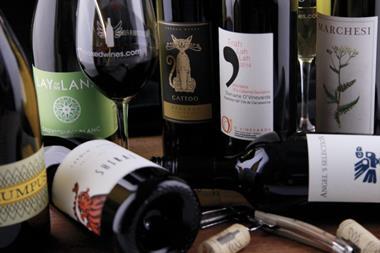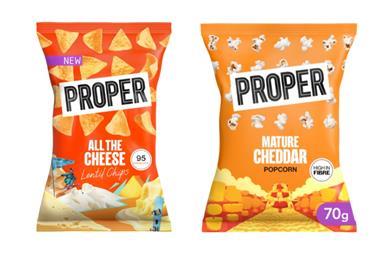Marmalade sales have been declining for some time and have continued to do so over the past year with volume sales down 2.8% [TNS 52w/e 4 October 2009].
Manufacturers were hoping to entice consumers back to orange spreads with sweeter orange jams. At the start of 2009, Premier Foods launched Hartley’s orange jam into Tesco. The spread, in a squeezy bottle, is made with sweet Valencia oranges rather than the standard bitter Seville oranges and is intended to appeal to sweet-toothed younger consumers.
Premier is not the first to try this approach. In 2007, Streamline launched an orange jam, nicknamed jamalade, which is sweeter and brighter than marmalade.
So far orange jams haven’t hit the mark, however. Premier spreads category manager David Atkinson says sales of orange jam haven’t been overwhelming, but the company is potentially going to give it wider distribution this year. He adds that many marmalades, including Premier-owned Golden Shred, are already quite sweet. And Premier is by no means abandoning marmalade. Atkinson says there are exciting, but as yet secret, plans for marmalade this year.
Could it be that marmalade is seen as old-fashioned rather than too bitter? Four-fifths of marmalade is eaten by over-45s. “Marmalade is a very traditional product with a mature profile and it is difficult to get kids to eat it,” says Chris Longbottom at TNS. At an average £2 a kg compared with £5 for honey, it can attract less shelf space in supermarkets.
Bucking the trend, Duerr’s relaunched its Manchester Marmalade in April. It was introduced in the 1950s, but the regional variant was dropped with the rise of national retailers. “It’s time this great city had a food that it can call its own again,” says sales director Richard Duerr.
Close menu
- Home
- Retail & Wholesale
-
Products & Suppliers
- Back to parent navigation item
- Products & Suppliers
-
Product Categories:
- Back to parent navigation item
- Product Categories:
- Alcoholic drinks
- Bakery
- Cereals & breakfast
- Cheese
- Chicken & poultry
- Chocolate
- Confectionery
- Crisps, nuts & snacks
- Dairy
- Fish
- Fresh produce
- Frozen
- Household
- Meat
- Own Label
- Sauces & condiments
- Seasonal
- Soft drinks
- Vaping
- Vegan & plant-based
- World foods
- Suppliers
- People
- Reports & Data
-
Topics A-Z
- Back to parent navigation item
- Topics A-Z
-
Popular topics:
- Back to parent navigation item
- Popular topics:
- Cost of living crisis
- Crime
- Deposit Return Schemes
- Finance
- Government & Regulation
- Health
- Inflation
- Loyalty
- Marketing
- Mergers & Acquisitions
- New Product Development
- Sourcing
- Supply chain
- Sustainability & environment
- Technology
- Ultra Processed Foods
- Vaping
- A-Z all topics
- Content by type:
- Events
- Subscribe now
Focus On Jams, Preserves & Honey: It’s orange, but it’s not marmalade
2010-01-09T00:00:00+00:00
Sign in to comment on this article
Not logged in before? Register for FREE guest access today.
You will be able to:
- Read more stories
- Receive daily newsletters
- Comment on stories
Advert



















No comments yet